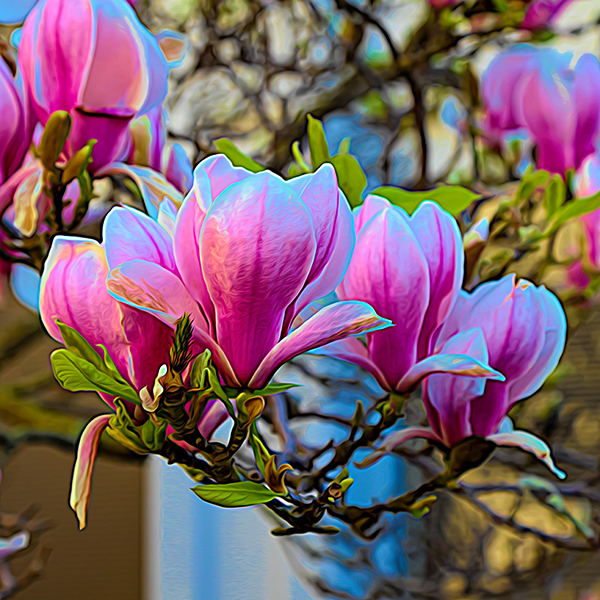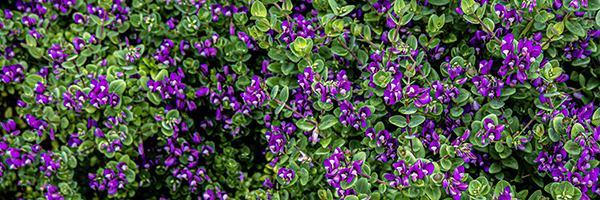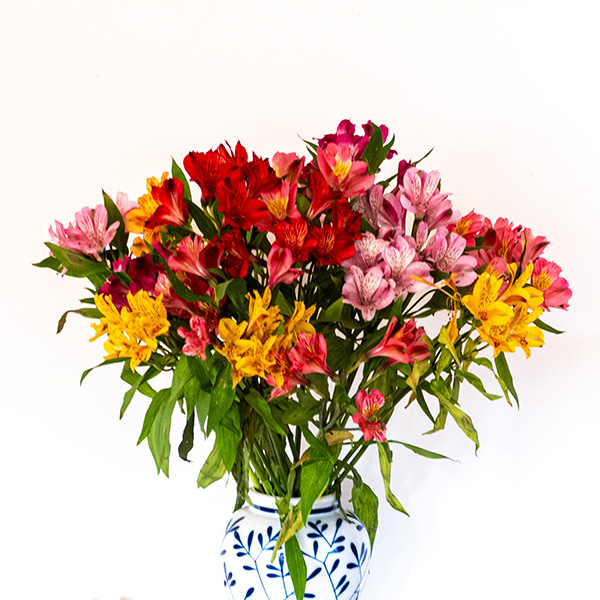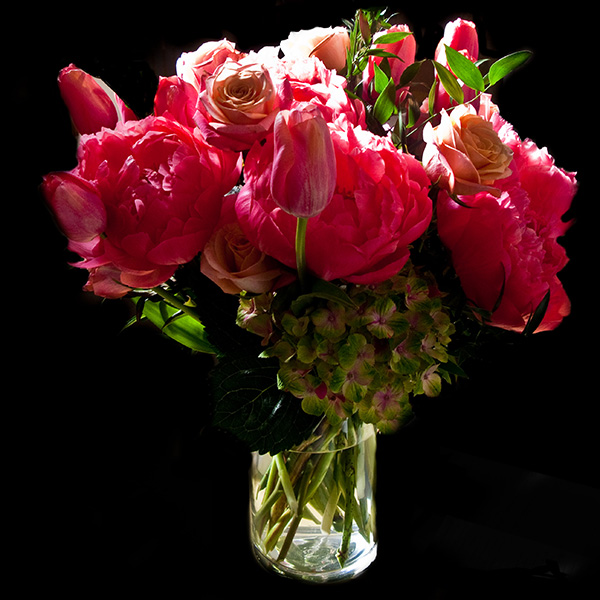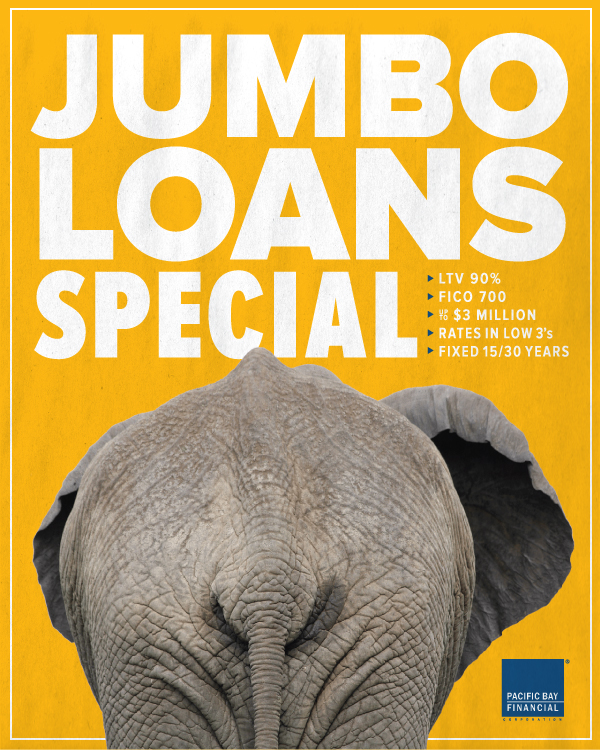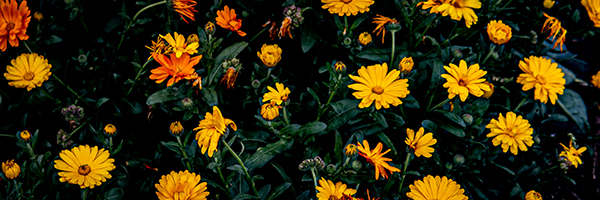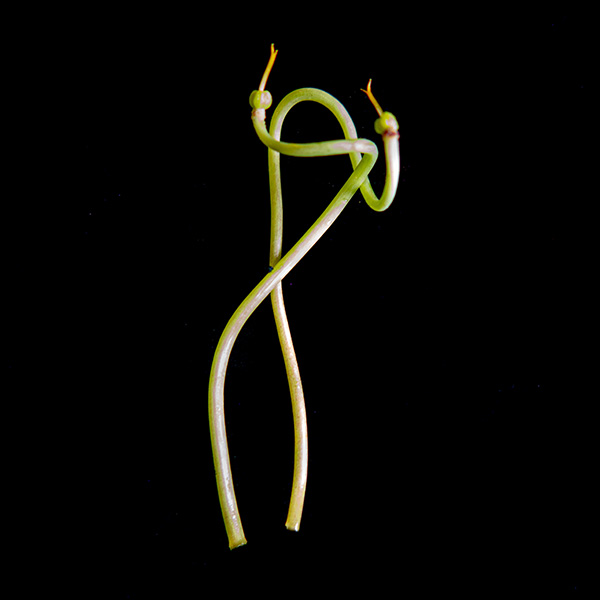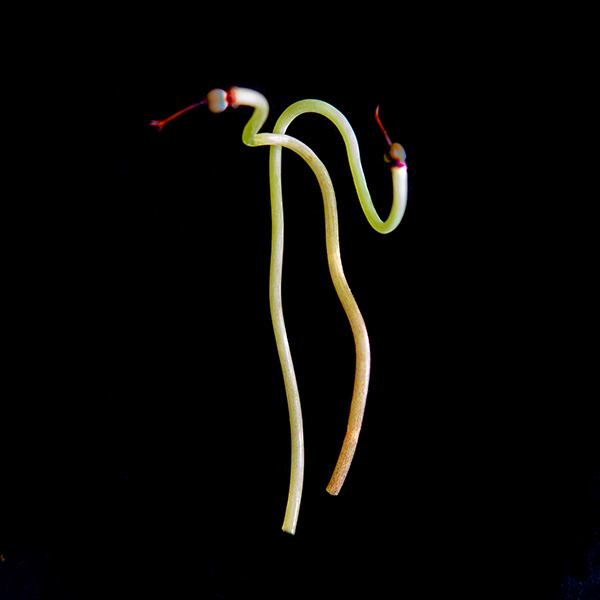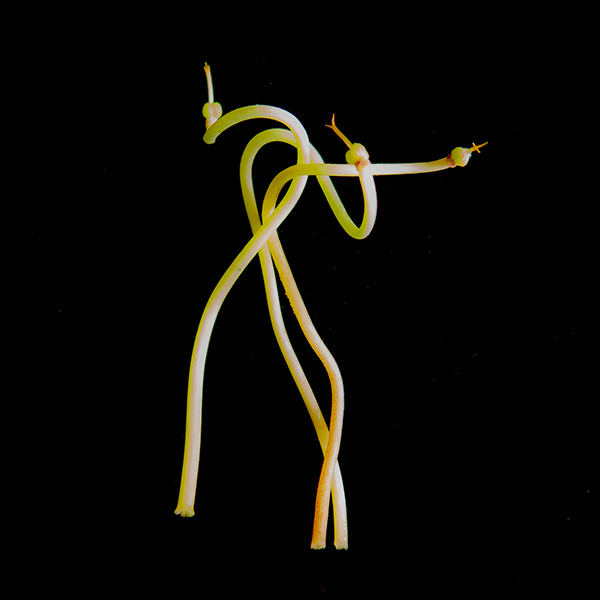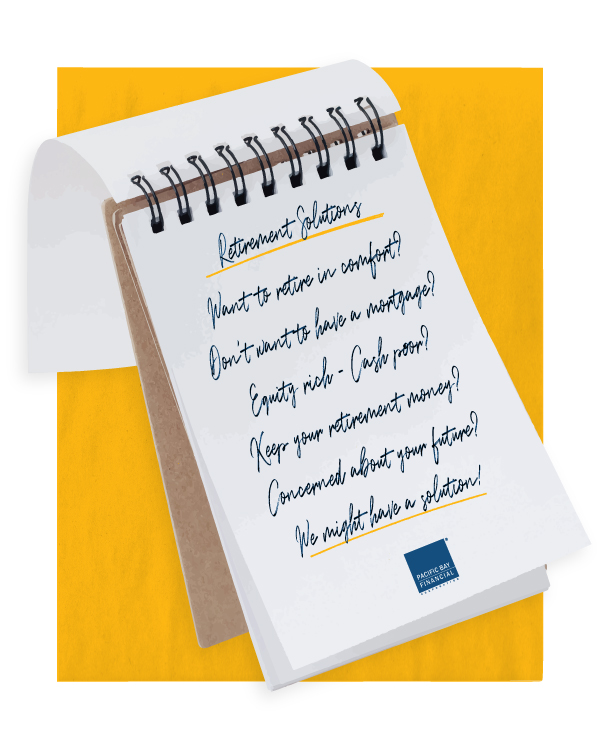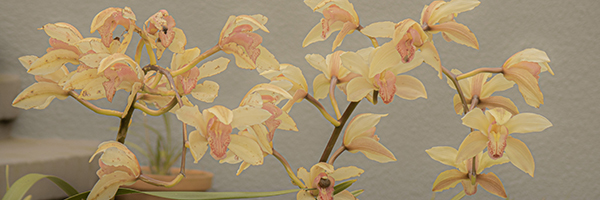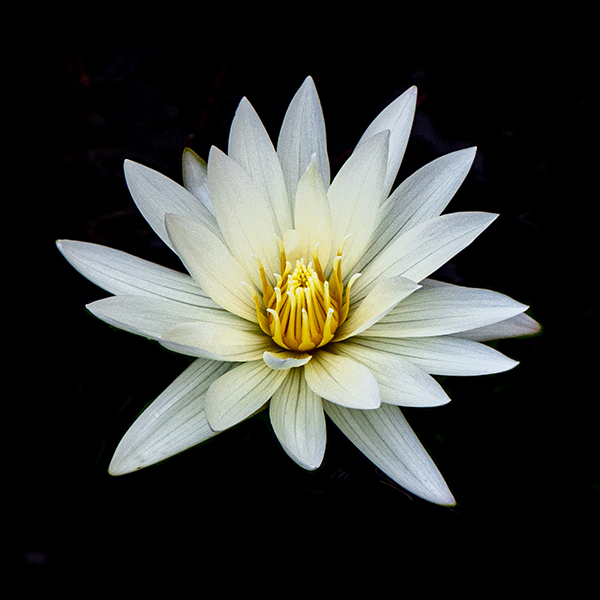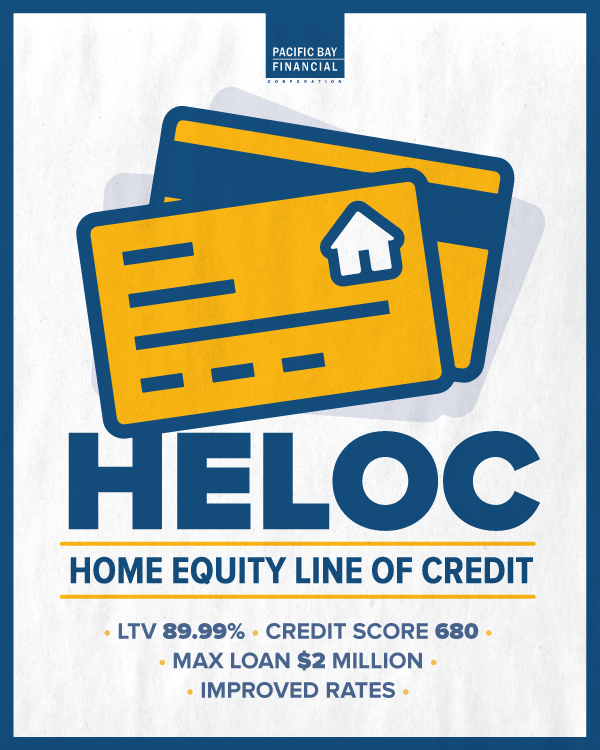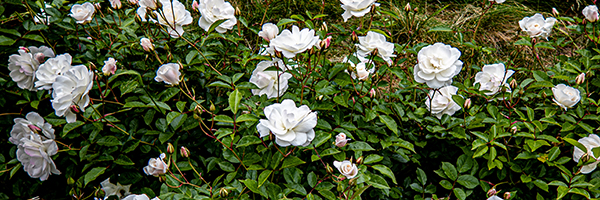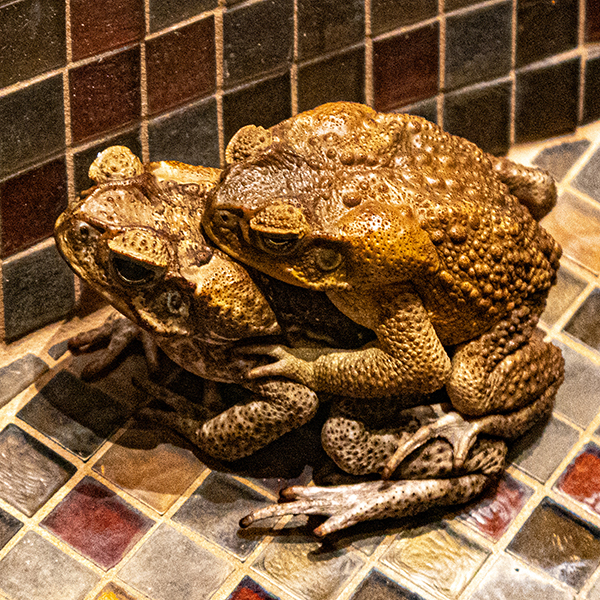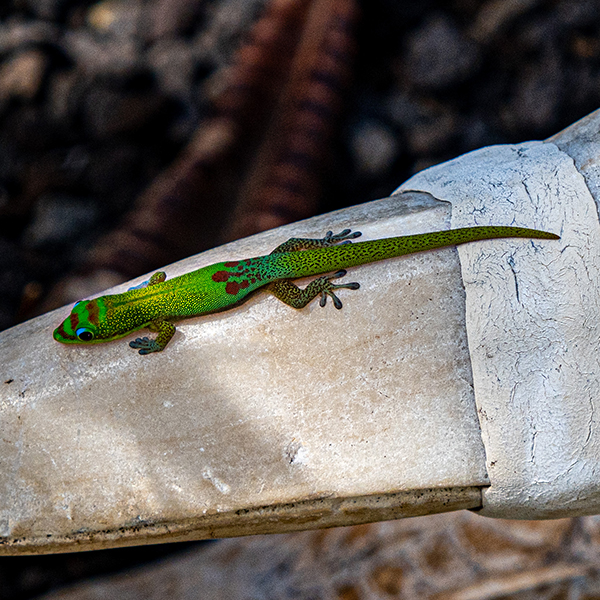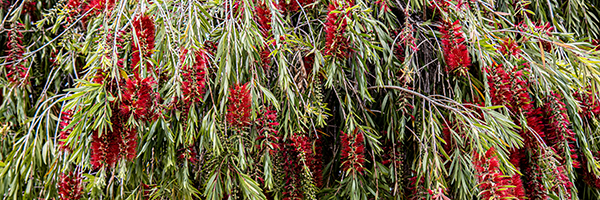
Spring Is Back
I did not have to look at the calendar to find out that tomorrow, March 20th, is the first day of spring. The flowers in our garden informed me about it.
Spring of 2021 is not only bringing flowers; but also, a hope that soon our lives will get back to normal. However, for most people it cannot be normal in the same way as it was in the spring of 2020. Flowers were there as well, but a Coronavirus, which under the microscope looked like a flower, changed everyone’s lives all over the world. Suddenly, we could feel other people’s pain and suffering. We had to pray not only for ourselves, but for others as well. At the same time, last year gave many people the opportunity to evaluate their lives and perhaps even change their old “normal” ways of living.
While you are still waiting for a vaccine, for schools and businesses to re-open, and to be able to remove your face masks, you can still go out and enjoy beautiful flowers, like these three images of blooming magnolias.
Enjoy and Share with Friends.


